Strategies for improving your suffering skills
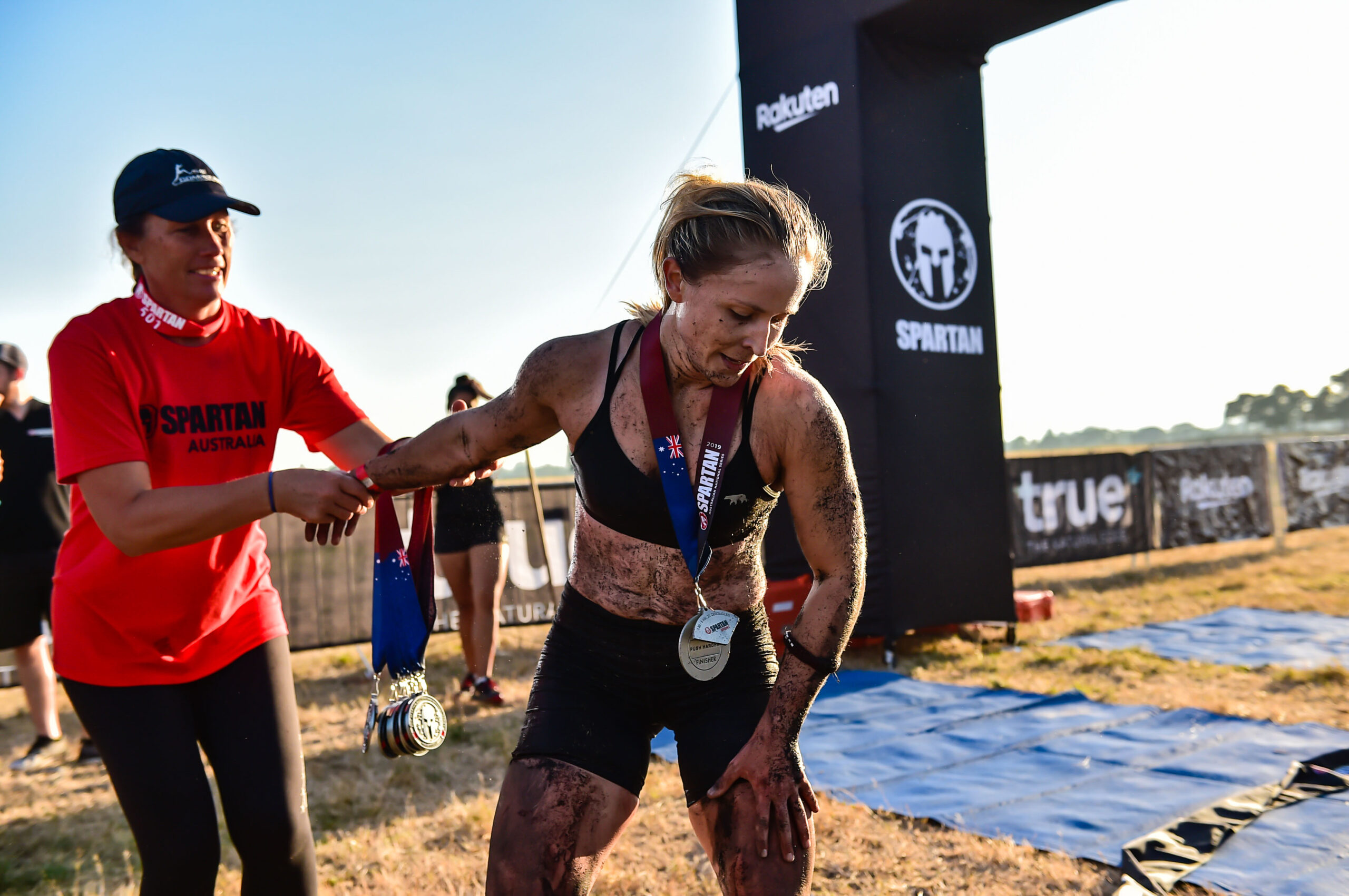
Suffering is the universal language of endurance sport. If you want to get fit and make the most of your fitness, you will need to learn to cope with large amounts of exertional discomfort. Just like you can train to build fitness, you can also train to improve your ability to cope with exertional discomfort. This blog post is about training exertional discomfort (or as the question was originally asked “What are some strategies to push yourself beyond your comfort zone”).
What is exertional discomfort?
Exertional discomfort is the pain you feel from the intensity or duration of training or a race. It is important to distinguish from tissue damage which will be made worse from pushing through the pain. For example, if you are doing a hill interval session with 4min repeats, exertional discomfort is the crazy heart rate and lactic acid building in your quads from pushing yourself so hard uphill. Congratulations, you are now in the zone to train exertional discomfort. Contrast this to a tweaking feeling in your hamstring which is becoming more painful each step. This is tissue damage and you should stop. While it seems like an easy distinction, if you have a strong exertional discomfort game, it can be easy to accidentally apply this mental approach to all aspects of training and push through all types of pain.
In training your exertional discomfort you are trying to achieve two things:
1. Improve your pain threshold – the point at which you start to notice the pain; and
2. Improve your pain tolerance – after you start noticing the pain, using strategies to improve the way you cope with the pain to improve performance.
Although they are distinct concepts, the strategies discussed below will help both raise your pain threshold and improve your pain tolerance.
Exertional discomfort is processed by the brain in the pre-frontal cortex. How you perceive the discomfort is influenced by your experience and interpretation or the pain, your mood, and your coping skills.
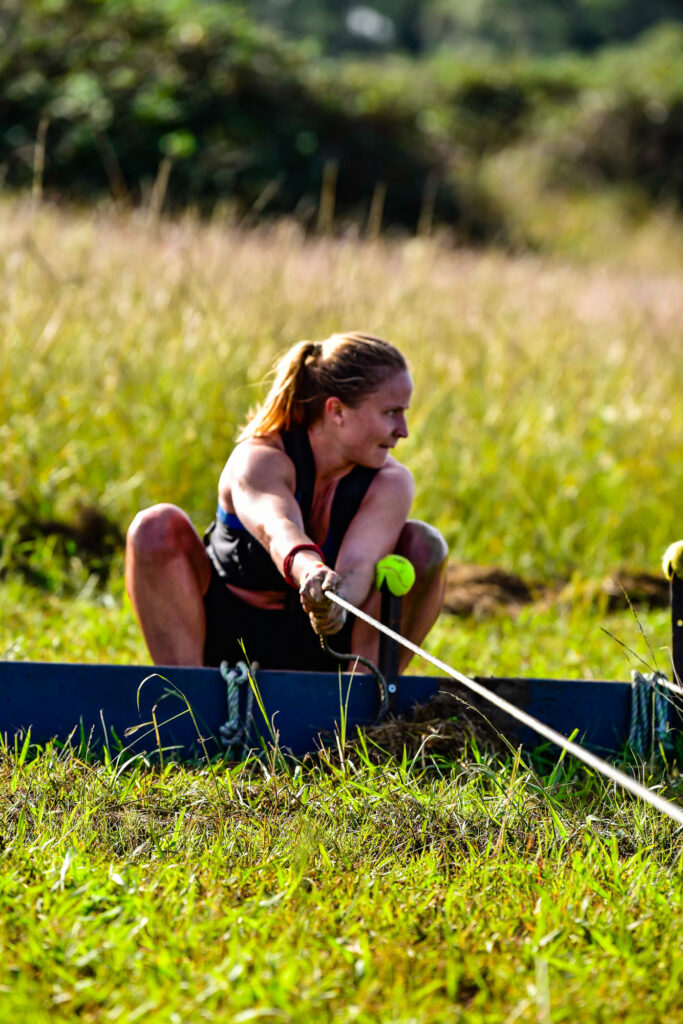
If you are wondering whether OCR requires more exertional discomfort than running alone – the answer is yes.
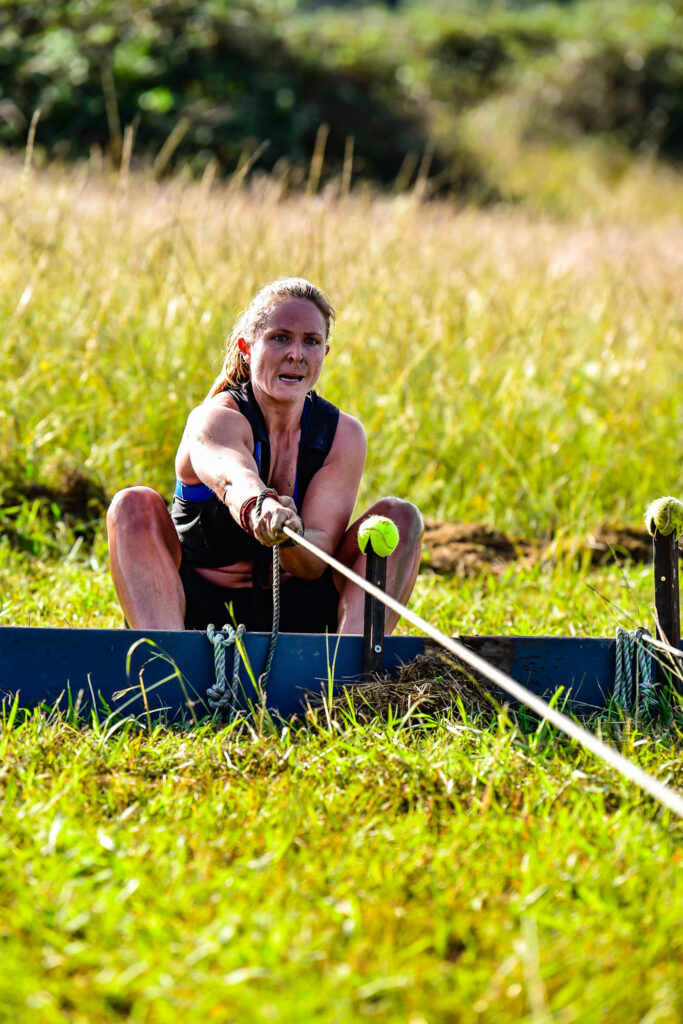
Principle 1 – Practice pushing through exertional discomfort often
There are three principles to remember when training your ability to cope with exertional discomfort. Principle 1 is that you must practice pushing through exertional discomfort often, as this will improve your ability to suffer. Luckily, as an endurance athlete there should be multiple opportunities to cope with exertional discomfort a week. You will likely experience exertional discomfort during speed sessions, threshold sessions, hill sessions, and long runs. Exertional discomfort is not necessarily a ‘slog fest’. You are also developing your exertional discomfort skills by doing a session when you are feeling unmotivated, or when managing feelings when not achieving interval times or when coping when dropped during a group race pace workout. Principle 1 is the most important. After you have integrated the suffering into your training at least once a week then you can consider Principles 2 and 3.
Principle 2 – Mentally prepare
It is tempting to ignore the discomfort that is coming. To not think about it and just deal with it when it comes. However, you need to do the opposite. The brain loves to know what’s coming in advance and will use the information for anticipatory regulation. Perceived effort in the frontal cortex is reduced when you plan for the pain in advance. Think about the pain and plan how you will cope with the pain in advance. Assist your brain by “feeding forward” – imagine you are experiencing the suffering, identify all the possible scenarios and how you will plan for each scenario.
Principle 3 – Use coping techniques during the suffering
When you are experiencing the suffering there are a number of techniques you can use to cope:
1. Segmentation
Segmentation (also known as “chunking”) is my absolute favourite of the techniques. Basically you break the exertion into segments and focus only on one segment at a time. Examples of segments:
· Breaking a 30km race down into 3x10km,
· Breaking a 4min interval down into the first 3mins and the final 1min, and
· Breaking a 21min long hill climb up into three 7min climbs.
Segmentation can also be done visually. For example on a hill, if there are three trees/power poles/other landmarks on the climb you can focus on getting to the first tree/power line/landmark first, then move onto the next segment.
When you achieve each segment, you will get a dopamine squirt in your brain, which makes your brain keen to get another reward and start the next segment with more enthusiasm. The more intense the suffering, the shorter or smaller the segments should be.
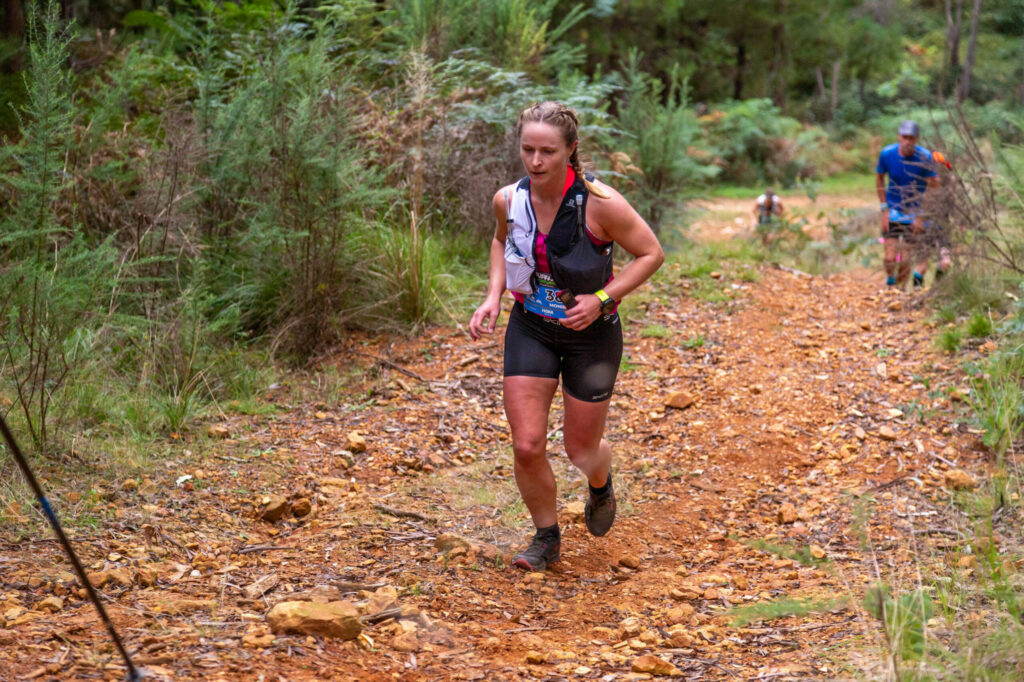
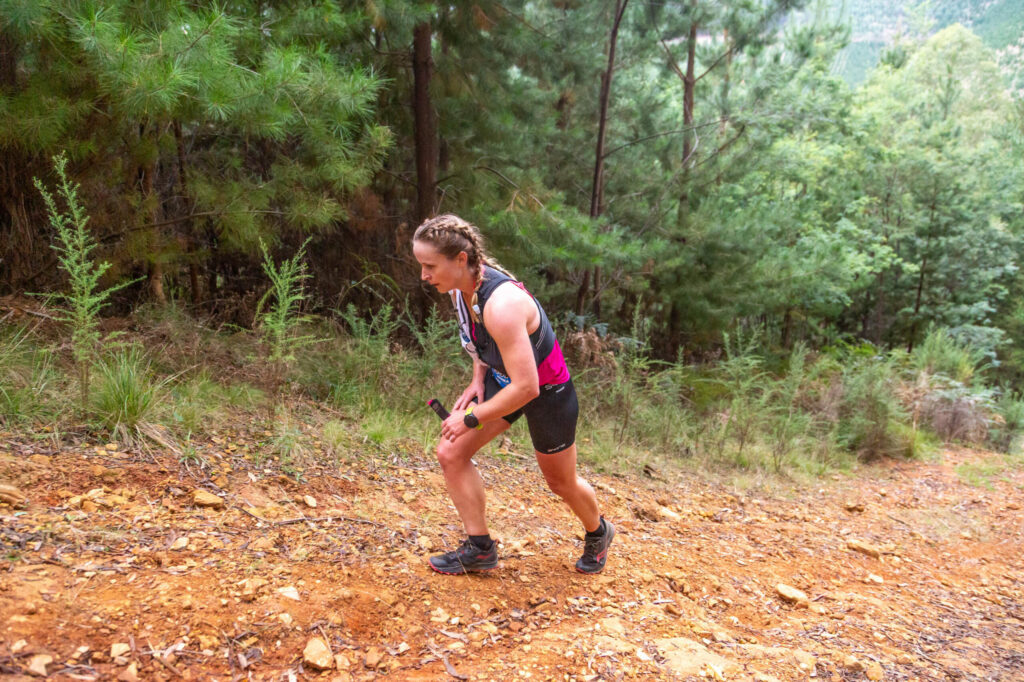
Using counting and alternating between powerhiking and running at Buffalo Stampede 2021.
2. Counting
Counting occupies the brain with a task so you can’t focus on the discomfort. For beginners, I recommend counting to a small number in your head over and over. If this is too easy and you have other thoughts while counting, count in even or odd numbers, or count down instead of up, or even count in multiples or prime numbers. However, you do not want to make the counting too difficult, as the aim is to distract your brain, not exhaust all your mental power.
In addition to occupying your brain, counting can also be rhythmic, which can put you in a semi-hypnotic state and at the very least help the brain get the message that your body is ok and there is no need to stop or lower the exertion. Running is already a very rhythmic action. I tend to use counting in time with my stride counting one every two steps. I often find I use counting the most on hard uphills and close to the finish. It is not something I will use for the whole race. I prefer the mindfulness strategies and segmentation to use for large chunks of time. Typically on a very long and steep uphill where I am really struggling I will count 20 power hiking strides, then if it is quicker to run, go to 40 running steps, then back to 20 power hiking strides (when really, really struggling I go to 10). When using counting close to the finish, or am running so hard I am starting to feel dizzy, I usually count to 10.
3. Thumb tapping
I don’t use thumb tapping, but I have seen some other athletes use it. You tap your thumb on the side of your index finger in time with your stride. This would probably be used for short, very hard efforts, as I can just imagine it would lead to repetitive strain injury if used for a whole race. When almost collapsing with exhaustion, I am normally struggling to co-ordinate my body so wouldn’t be adding in another cog in the coordination department. It is worth a try though if you are still working out which strategies work best for you and if you like this rhythm. I imagine if you are the kind of person that likes to click your pen repetitively at work then you may like thumb tapping.
4. Mindfulness
This is a catch all category where you acknowledge the exertion and then accept the exertion in a non-judgmental way. By noticing and accepting the exertion you then avoid thinking about how terrible everything is and avoid dramatizing the consequences. The reason I have to be so on the ball using this technique is because I am naturally very risk averse and jump to negative conclusions. If I am struggling on the first hill of a race, my brain will instantly dramatize and tell me I am not fit enough and am embarrassing, and should pull out. Now I know to acknowledge the exertion and be curious about it instead of letting it run the show. In “The Brave Athlete”, authors Simon Marshall and Lesley Paterson identify three categories of mindfulness to help improve coping with exertional discomfort:
1. Passive attention – recognise the suffering but don’t linger on it.
2. Curiosity – zooming in on the relevant part of the body, acknowledging it, then moving on.
3. Acceptance – Instead of fighting the painful sensations, you welcome them as an opportunity to get fitter and harden up.
All of these categories involve being invested in the sensations rather than wishing them away.
The mindfulness technique I use depends on my mood. On occasion I welcome the opportunity to harden up and get better at suffering. This is usually during training when I have a happy balance of hard and easy sessions and am relishing the opportunity to put in hard work in a session. However, I don’t always relish sessions, particularly towards the end of a hard training block. In these cases and in races, I tend to use passive attention. I acknowledge the suffering. Then I say the positive affirmation I have made in advance for that race. Then I go through body cues, usually reminding myself to relax and not hold tension, as this will lead me to run the way I have trained, which is efficient and strong. I sometimes acknowledge the pain and then focus on technique. This only works if you are relatively experienced at your endurance sport and have technique dialled such that you are used to responding to the cue without it occupying too much brain power. On flatter terrain I will usually focus on cadence, knee drive or heel lift. On the uphill I focus on upright posture and also cadence, particularly if I find I am powering up the hill instead of using efficient shorter steps. Another technique I use after acknowledging the exertion, is to imagine that the person in front of me, or a tree further up the hill, is pulling me upwards from my chest. This gives me something to chase and also helps with posture at the same time as ensuring I don’t linger on the pain.
This is not an exhaustive list, but I hope you have found something you might take away to your next suffer fest.